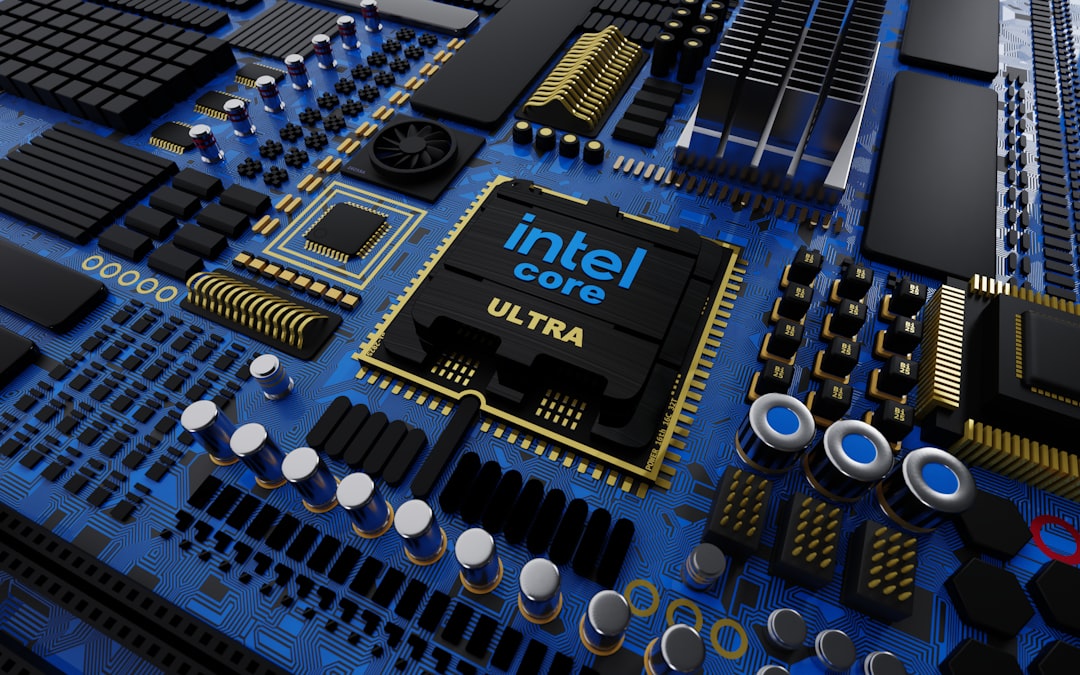Summary: Nvidia has made history as the first company to hit a $5 trillion market capitalization, fueled by major AI partnerships, strong political ties, and soaring demand for its cutting-edge chips. However, ongoing trade tensions and market concerns about an AI bubble pose challenges ahead.
Nvidia’s Historic Market Milestone
Nvidia recently became the first company in the world to reach a $5 trillion market cap, just four months after hitting the $4 trillion mark. This remarkable growth reflects the company’s leading role in the booming artificial intelligence (AI) sector and investor enthusiasm around its future prospects.
Exciting Partnerships Announced at GTC
At the inaugural Washington D.C. edition of its GTC conference, CEO Jensen Huang unveiled several high-profile collaborations that helped propel Nvidia’s valuation. These include:
- A partnership with Uber to develop a fleet of 100,000 robotaxis
- An investment of $1 billion with Nokia to advance 6G cellular technology
- Collaboration with the U.S. Department of Energy to build seven AI supercomputers
- Work with pharmaceutical giant Eli Lilly to create an AI-driven drug discovery factory
- Efforts with multiple companies to build a robot workforce addressing over half a million manufacturing job openings in the U.S.
Additionally, Huang announced that Nvidia expects half a trillion dollars in orders for its upcoming Blackwell and Rubin chips through next year, further exciting investors.
Nvidia’s Strategic Political Connections
At GTC, Huang openly praised the Trump administration, highlighting his close ties and support. He mentioned plans to meet President Trump in South Korea during the President’s Asia diplomacy tour, which includes a significant trade meeting with China’s Xi Jinping. The outcome of this meeting is particularly important for Nvidia, given its reliance on favorable trade relations.
Challenges Amid U.S.-China Trade Tensions
Nvidia has faced challenges due to the ongoing trade dispute between the U.S. and China, which has disrupted its ability to sell chips in one of its strongest markets. The company is hopeful that a trade deal will allow it to resume business in China, making political goodwill crucial.
The AI Market Boom and Potential Risks
Nvidia leads a group of tech giants—including Microsoft and Apple—that have surpassed $4 trillion in market value, driven by the AI boom. However, this rapid rise has sparked concerns about a potential AI bubble. Experts warn that the high valuations and market concentration among top companies could pose risks if demand for AI products slows or if supply chain and resource challenges arise.
The Bank of England recently cautioned that equity valuations for AI companies resemble the dot-com bubble peak, and the market share of the top five S&P 500 companies is at its highest in 50 years. While the U.S. market bets on unprecedented AI growth, any setbacks could significantly impact Nvidia and the broader economy.
